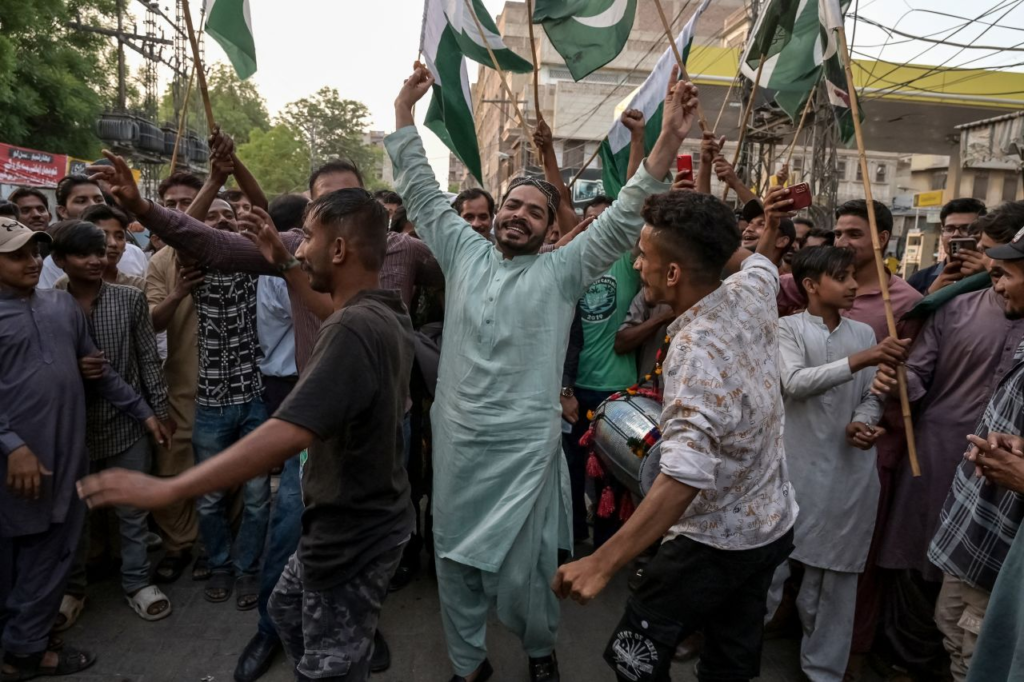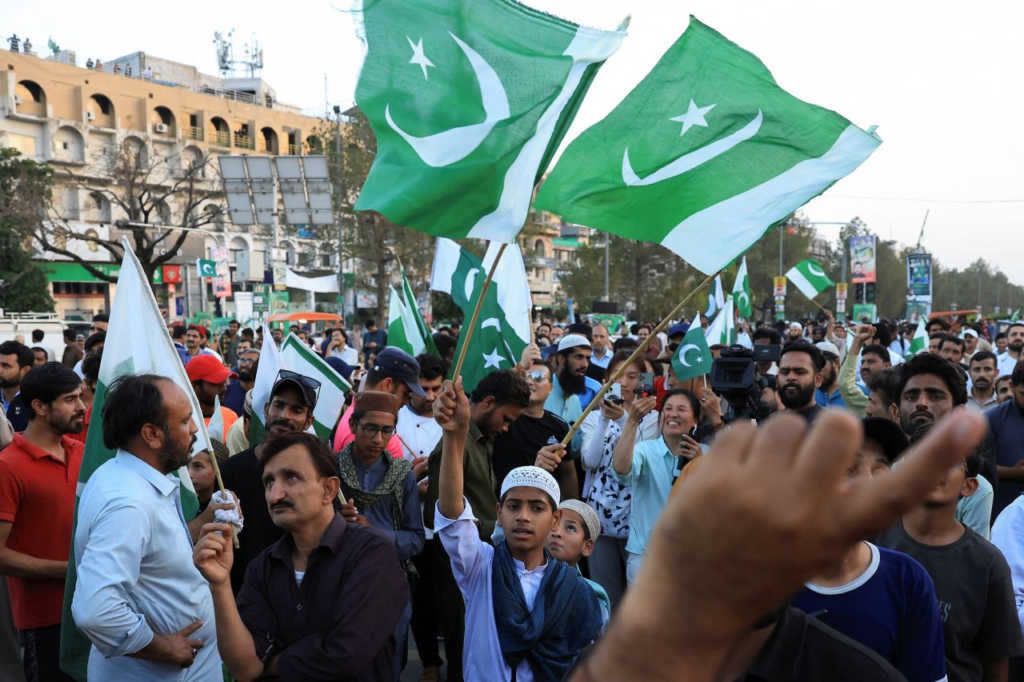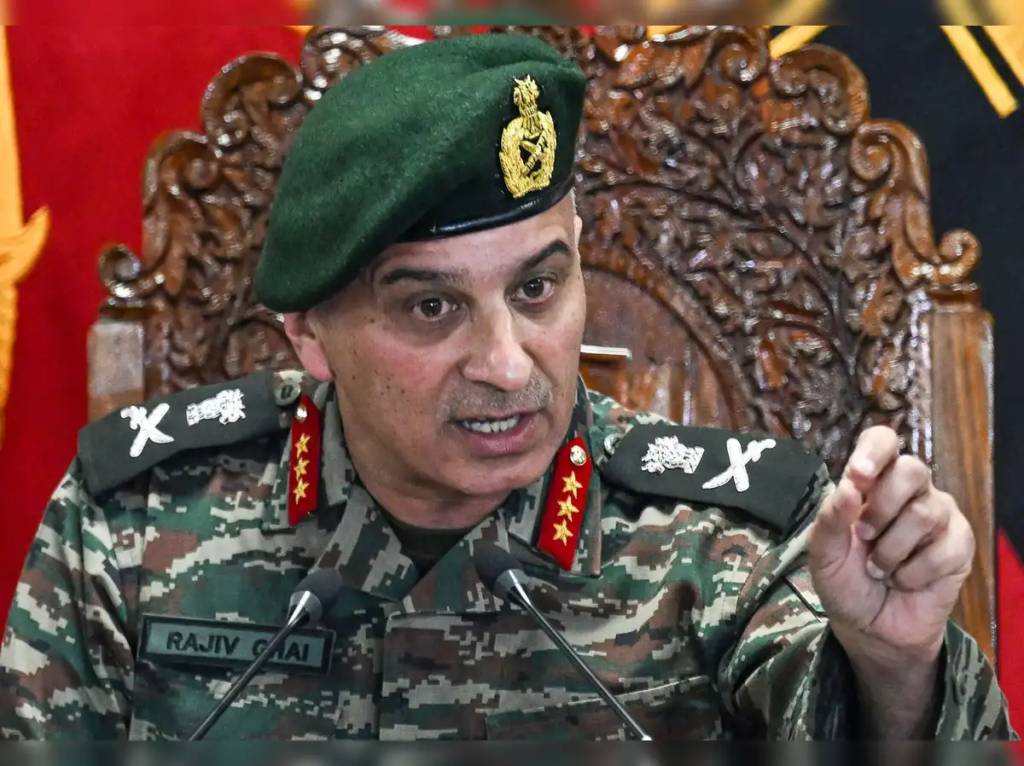In a significant development, the fragile ceasefire between India and Pakistan, established on May 10, 2025, continues to hold following four days of intense cross-border conflict. The clashes, which marked some of the fiercest fighting between the two nuclear-armed neighbors in decades, involved drone strikes, missile exchanges, and artillery fire, raising global concerns about the potential for escalation. While the truce has brought a temporary halt to hostilities, analysts in the United States and beyond are questioning whether this pause can lead to lasting peace or if it merely delays an inevitable return to conflict. This article explores the recent events, the role of international diplomacy, and the challenges to long-term stability in the region.

A Tense Four Days of Conflict
The latest round of violence erupted following a deadly terrorist attack on April 22, 2025, in Pahalgam, a popular tourist destination in India’s Jammu and Kashmir region, where 26 civilians lost their lives. India swiftly pointed the finger at Pakistan, alleging that the attack was orchestrated by terrorist groups operating from Pakistani territory. In response, India launched Operation Sindoor on May 7, targeting what it described as terrorist infrastructure in Pakistan and Pakistan-occupied Kashmir (PoK). The operation included India’s deepest airstrikes inside Pakistan since 1971, killing at least 26 people, according to reports from The Washington Post.
Pakistan denied involvement in the Pahalgam attack and retaliated with its own strikes, including drone and missile attacks across the Line of Control (LoC), the de facto border dividing Kashmir. For four days, both nations engaged in tit-for-tat strikes, with significant destruction reported on both sides. In Indian-administered Kashmir, at least 27 people, including 11-year-old twins, were killed, and over 50 were injured. In Pakistani-administered Kashmir, at least 16 people died, and hundreds of homes and shops were damaged. The conflict, described as the most technologically advanced yet between the two nations, brought them perilously close to a full-scale war.

A Fragile Ceasefire Takes Hold
On May 10, 2025, a ceasefire was announced, bringing a sigh of relief to a region on edge. The agreement, reached through hotline communications between the Directors General of Military Operations (DGMOs) of both nations, called for an immediate halt to all military actions on land, sea, and air. The Indian Army later clarified that the ceasefire, extended until May 18 and now continuing without an expiry date, was a bilateral decision with no scheduled follow-up talks.
However, the announcement of the ceasefire sparked controversy, particularly in India, when U.S. President Donald Trump claimed credit for brokering the deal. In a post on Truth Social, Trump described the ceasefire as a “FULL AND IMMEDIATE CEASEFIRE” achieved through U.S. mediation, calling it one of his biggest successes. India strongly denied any U.S. involvement, with Foreign Secretary Vikram Misri asserting that the agreement was strictly bilateral, reached through DGMO-level talks. This discrepancy has fueled debate, with some Indian leaders expressing frustration over Trump’s claims, arguing they undermine India’s stance that Kashmir is an internal issue requiring no third-party intervention.
U.S. and International Involvement
Despite India’s insistence on bilateralism, reports suggest that the United States, along with the United Kingdom and Saudi Arabia, played a significant role in de-escalating tensions. The U.S. State Department, through spokesperson Tommy Pigott, praised the ceasefire and emphasized the importance of direct talks between India and Pakistan, calling Trump a “peacemaker.” U.K. Foreign Secretary David Lammy, during a visit to Islamabad, echoed this sentiment, stating that both nations were working to ensure the ceasefire becomes a “durable peace” through confidence-building measures and dialogue.
Analysts in the U.S. note that the Trump administration’s involvement likely stemmed from concerns over nuclear escalation. The four-day conflict raised fears of a nuclear exchange, with Trump even referencing the “n word” (nuclear conflict) in a Fox News interview. Past U.S. interventions in India-Pakistan crises, such as during the 1999 Kargil conflict and the 2001-02 standoff, were similarly driven by fears of nuclear escalation. However, India’s rejection of U.S. mediation, coupled with Trump’s offer to mediate on Kashmir, has strained diplomatic relations, with Indian leaders viewing it as an overreach.

Civilian Toll and Regional Impact
The human cost of the conflict has been devastating. In Indian-administered Kashmir, villages near the LoC, such as those in the Uri sector, saw extensive damage, with over 450 homes and shops affected and a third of the population displaced. In Pakistan, celebrations followed the ceasefire, with citizens waving national flags and praising the military, particularly General Syed Asim Munir, for standing up to India. However, analysts warn that this surge in military popularity may be short-lived, as underlying tensions remain unresolved.
The conflict also had unexpected beneficiaries. China’s defense industry gained attention as its fighter jets, used by Pakistan, were battle-tested for the first time. This has implications for the global arms trade, with Western capitals closely analyzing the performance of Chinese military technology.
Analysts Question Long-Term Stability
While the ceasefire holds, experts in the U.S. and elsewhere are skeptical about its longevity. Michael Kugelman, a South Asia expert, noted on X that the ceasefire was hastily arranged at a time of peak tensions, and India’s interpretation of the agreement differs from that of the U.S. and Pakistan. India’s Prime Minister Narendra Modi has emphasized that Operation Sindoor is ongoing, suggesting the ceasefire is merely a pause in India’s campaign against terrorism. Indian Defence Minister Rajnath Singh reinforced this, stating that Pakistan remains on “probation” and that India’s actions depend on Pakistan’s behavior.
In the U.S., analysts like those at The Guardian argue that India’s failure to achieve a decisive victory in the conflict has left little room for further de-escalation or political engagement. Pakistan, meanwhile, has expressed openness to dialogue, with Foreign Minister Ishaq Dar stating that the ceasefire could lead to a “composite dialogue.” However, India’s distrust of Pakistan, with Foreign Secretary Misri comparing it to “trusting a thief to investigate his own crime,” complicates prospects for meaningful talks.
The ceasefire’s fragility is further underscored by ongoing security concerns. Just hours after the truce was announced, drone sightings and explosions in Jammu and Kashmir triggered Indian air defense responses, raising fears of violations. Additionally, the arrest of a Haryana travel blogger for allegedly spying for Pakistan during Operation Sindoor highlights the persistent threat of cross-border espionage.
Looking Ahead
For the United States, the India-Pakistan ceasefire is a diplomatic win, but one fraught with challenges. The U.S. has a vested interest in preventing escalation between two nuclear powers, particularly given the potential impact on global stability and trade. However, India’s rejection of external mediation and Pakistan’s willingness to accept it create a delicate balancing act for U.S. policymakers.
For now, the ceasefire holds, offering a glimmer of hope to communities along the LoC who have borne the brunt of the violence. Yet, the path to lasting peace remains uncertain. As both nations navigate domestic pressures—India with its focus on counterterrorism and Pakistan with its military’s renewed popularity—the international community, including the U.S., will be watching closely to see if this truce can pave the way for dialogue or if it’s merely a pause before the next crisis.
In conclusion, while the ceasefire has temporarily halted the fighting, the deep-seated mistrust and unresolved issues between India and Pakistan suggest that long-term stability is far from guaranteed. The U.S. and its allies will likely continue to push for dialogue, but the road ahead will require careful diplomacy and a commitment to addressing the root causes of the conflict.
Also Know :- Brands Embrace User-Generated Content in 2025 to Build Trust and Engagement






